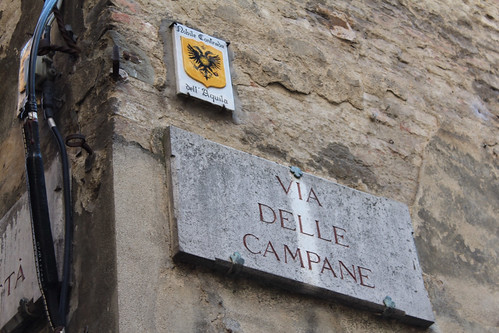 |
| District Crest |
 |
| People pack the inside, race goes around the outside! |
Following a day and a half of wine tasting, we embarked on another activity that we were keen to while in Tuscany - cooking! Our first class was put on by Isabella, our gracious host at Cretaiole. She taught us how to make pici, the typical Tuscan pasta which looks like thick spaghetti. We watched in amazement as she made a huge crater of flour in the middle of the table and proceeded to pour eggs and water into it, mixing together the dough without having a drop of the liquid spill out of the crater (although apparently that takes some practice, as she had a waterfall of gooey mess spill all over the place one of the first times her mother-in-law was teaching her to make it). We then all took turns kneading the dough and then rolling it out into pici, which was then cooked and served with Isabella's homemade ragu. Her husband, Carlo, grilled up sausages made that day by the local butcher, and ribs that were so tasty (clearly our trip has necessitated more "flex" in our flexitarian diet), and we dined al fresca in the backyard of the agriturismo. Isabella shared stories of the family and the way they live their rural lives in Tuscany, while her father-in-law Luciano, the patriarch of the household, bustled around adding food to people's plates and pouring his famous homemade grappa. It was a truly memorable night for us.
The next day we attended another cooking class, this time hosted by the owner of a restaurant in the nearby tiny town of Rocco d'Orcia. Normally, they do the class in the kitchen of the restaurant, but we had such a large group, they had to move it to the kitchen of her mother's house. Cooking in the actual kitchen of an Italian mamma was an experience all in itself. The wonder of Tuscan cooking is that the dishes use all of the foods that they have at their disposal, letting nothing go to waste. Day old bread is used for soups, to thicken a pasta sauce or stuff peppers. No more throwing out hard baguettes when we get home! We sat down and ate the dishes we made, and I made Dave take a picture of the owner's nonna (grandmother) who brought us our pasta. She was adorable!
Viv and Dave
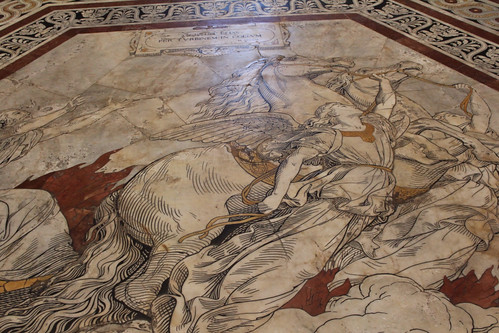

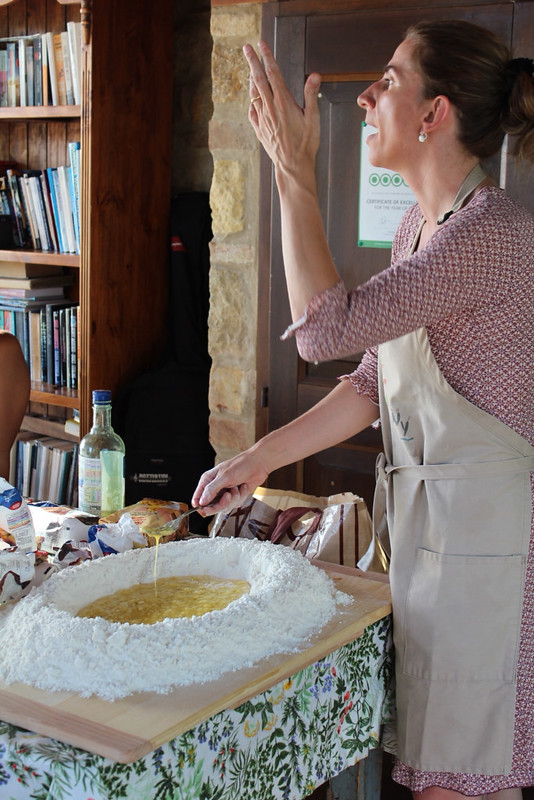

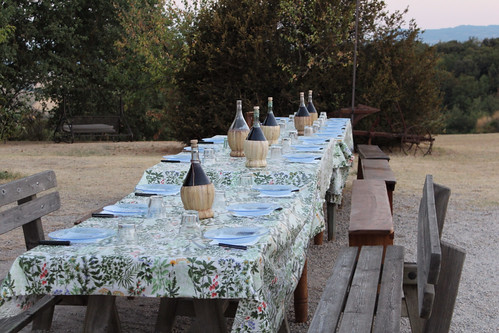
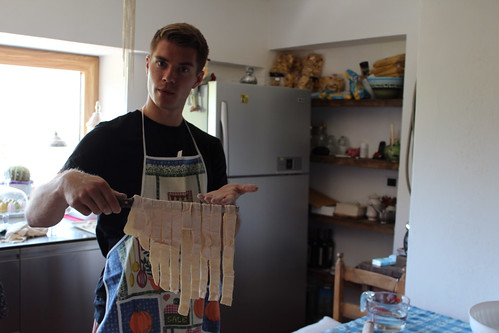
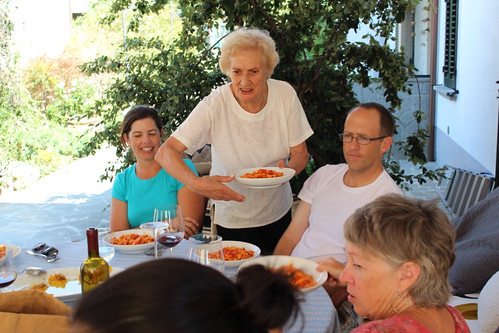
No comments:
Post a Comment